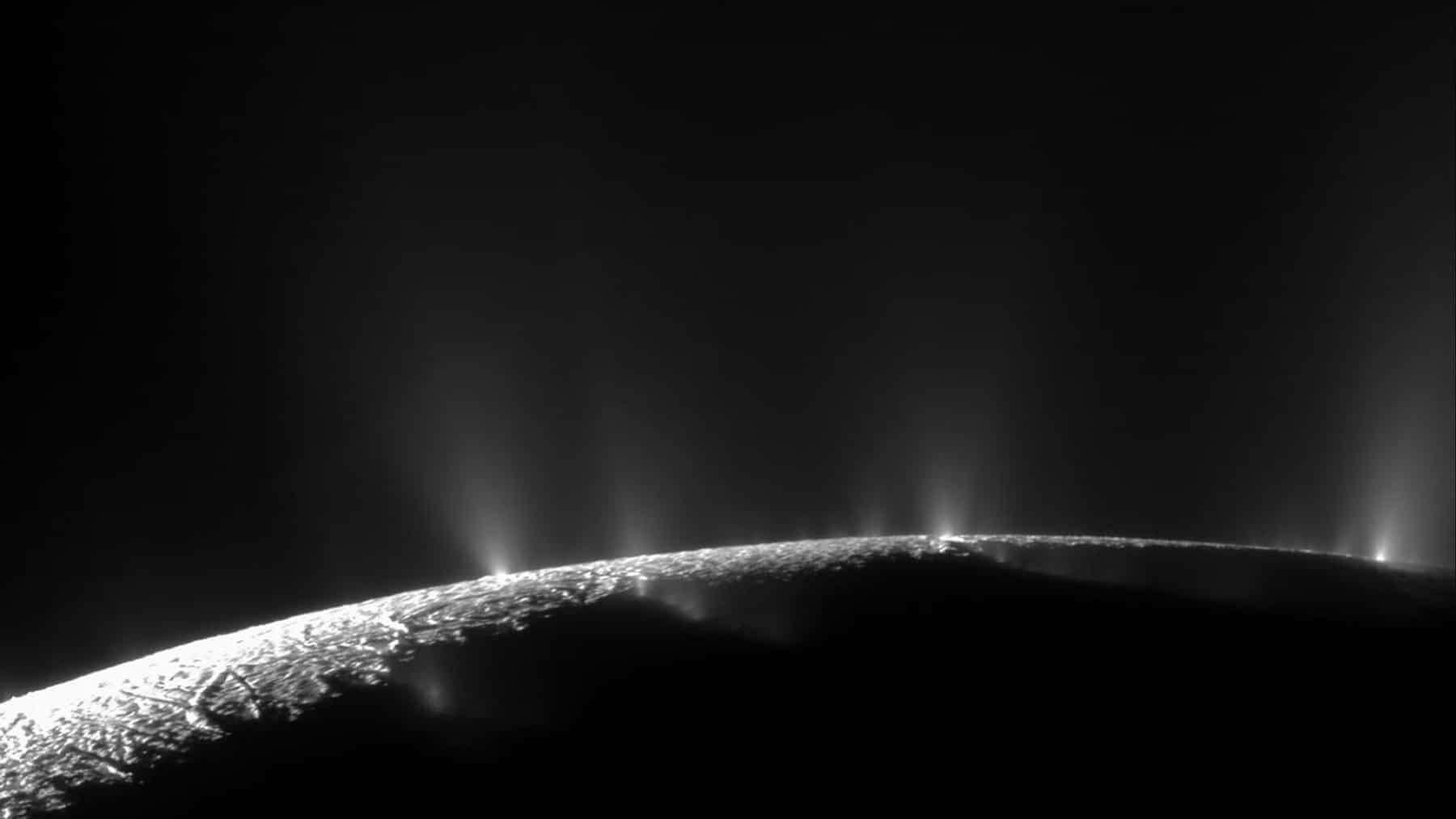For the past decade, the idea of another planetary habitation has continued to make headlines. When NASA or astronomers explore this topic, the initial thoughts often focus on Mars, Venus, or other potentially habitable celestial bodies. In this article, scientists reveal a location that may support life and is not on anyone’s list. NASA and scientists spend much of their research looking for extraterrestrial life or an alternative to life here on Earth, and they may have found a viable option.
Scientists discovered a new habitable planet within our Solar System
Without much surprise, most of the studies continue to push toward the Goldilocks Zone. This zone is a region on any star where water is able to exist, providing a perfect support for life.
However, in a recent study, NASA has redirected its gaze towards somewhere familiar: our solar system. This mission and its discovery come as a shock from NASA’s ambitious attempts to find habitable alternatives. What they found was far less expected: an icy moon within one of 8 planets orbiting the sun.
The new suspected habitat happens to be a moon of Saturn named Enceladus. According to NASA, this discovery happens to follow their custom Goldilocks Zone narrative. Enceladus is a frozen moon of Saturn that happens to have a hidden ocean beneath. Underneath this ocean body, scientists find what they believe to be heat, minerals, and bioactivity.
Uncovering NASA’s technosignatures search beyond planets
In October 1999, NASA launched the Cassini-Huygens mission to explore the planet Saturn. The Cassini mission lasted a complete 17 years of research. While NASA was exploring Saturn, a team of scientists led by Dr. Georgina Miles from Oxford University’s Southwest Research Institute analyzed the reports from Cassini.
Enceladus is the 8th moon of the planet Saturn. On the surface, it is a frozen, rocky moon that sits at temperatures of –223°C to –370°F at the southern pole. However, beneath this icy surface, the moon is believed to embody a salty ocean. Based on this research, scientists have uncovered what seems like water vapor gushing out from this frozen satellite, similar to the frozen ‘block of life’ near a young star.
In addition, they also recovered traces of hydrogen, carbon dioxide, and organic molecules. These few discoveries led scientists to believe Enceladus may have hydrothermal vents. These are similar to those found here on Earth, where life completely thrives in the dark. The idea of supporting life makes this moon a top target for extraterrestrial exchange beyond Earth.
Scientists discuss heat on Enceladus
During their research, scientists explored Cassini’s data to determine the south and north poles of Enceladus. Compared to the cold South Pole, the North Pole was marginally warmer. Also, scientists happened to detect a flow of heat that was converted to roughly 35 GW of energy. This is two-thirds of the average heat loss from the Earth’s crust.
Mapping out new frontiers for the future
For the first time in decades, the concept of life beyond Earth is without fiction. With this research, scientists have now been able to successfully explore feasible answers. Now, while NASA and scientists still have a long haul to cover, this research has been an eye-opener.
Comparing the heat content of Enceladus on a global scale is a great step. According to scientists, understanding how much heat this moon loses determines how habitable it will be long-term. With that, we could determine the average temperature of Enceladus and begin drilling to access its ocean reserve. While the mission to explore Enceladus remains in its early phase, in comparable to the DNA-signal style found on Mars. NASA astronomers have committed to further exploration of this moon to evaluate its potential for future habitation.

